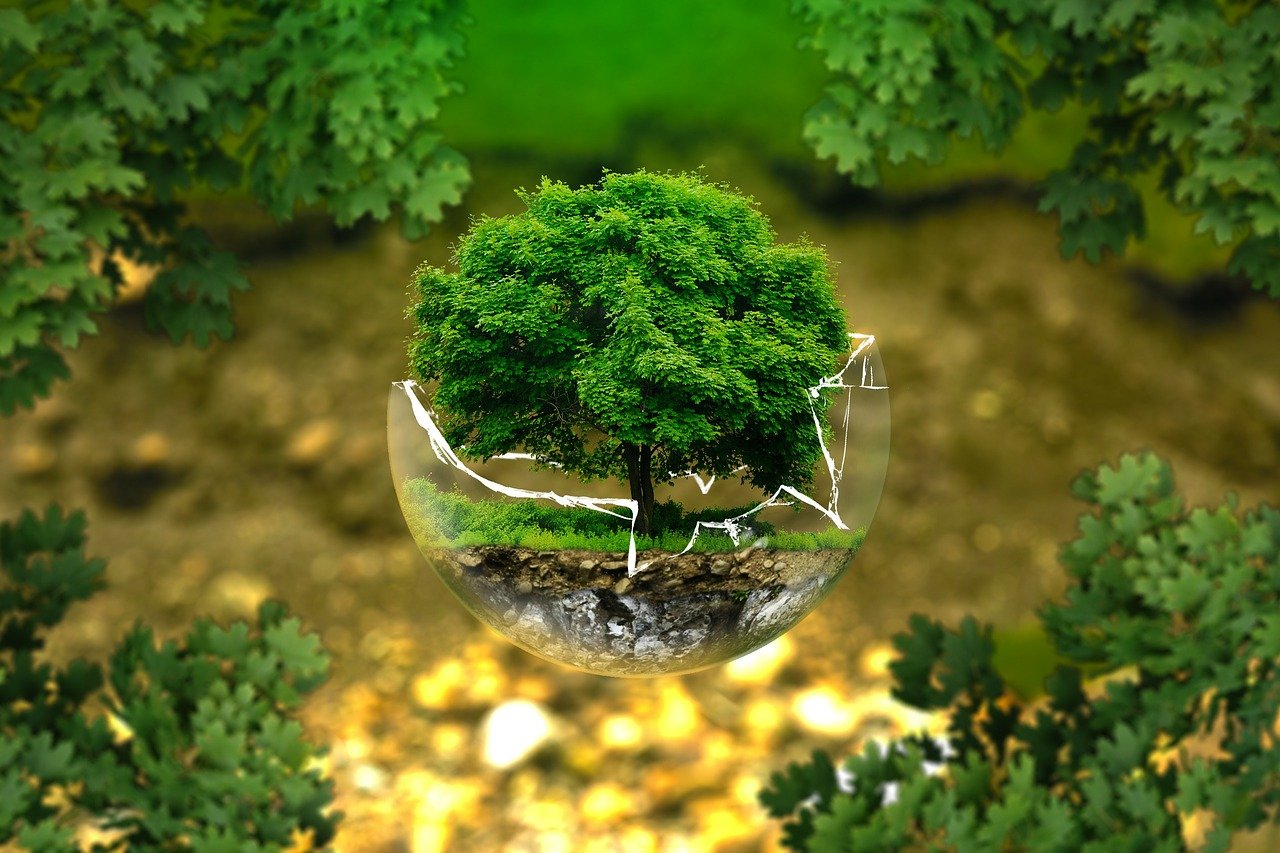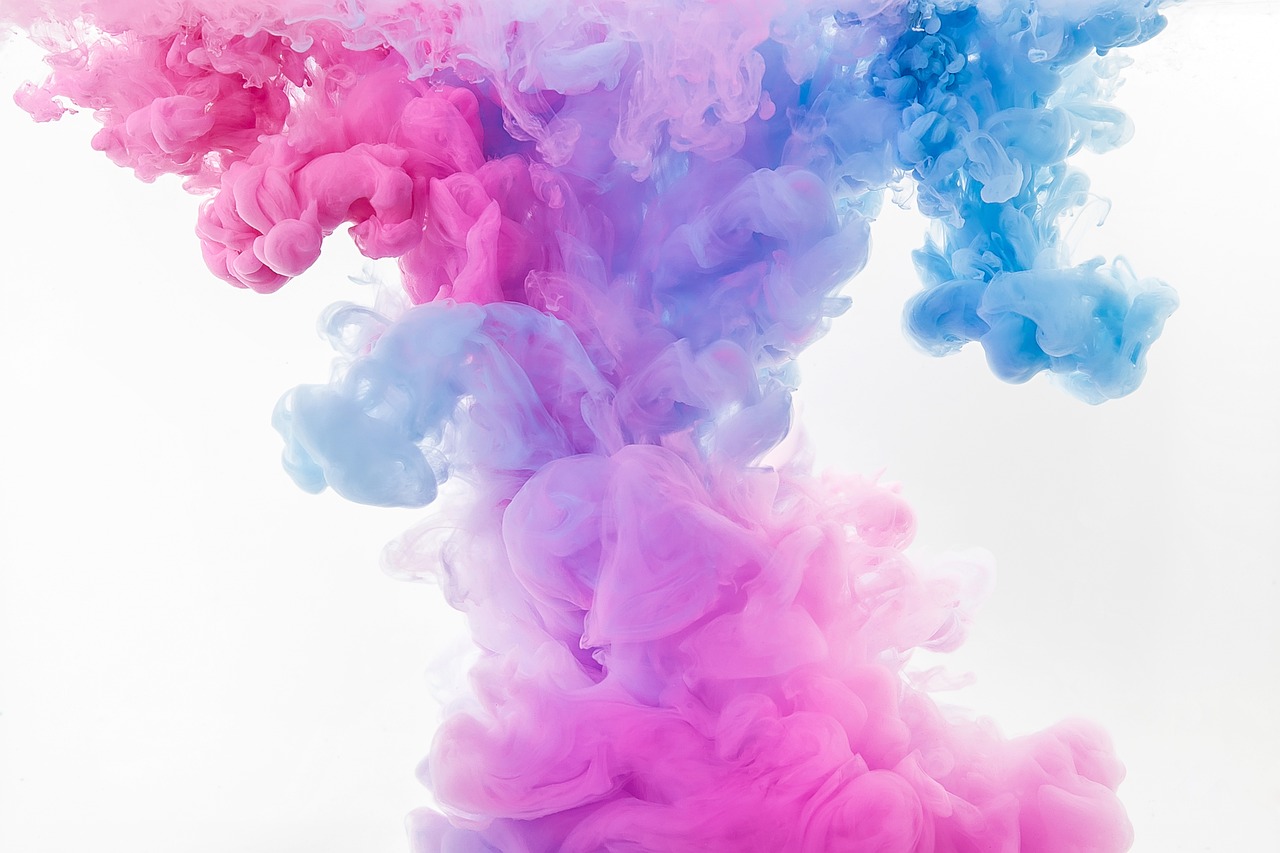Hello, eco-fashionistas! Are you ready to dive into the colorful world of natural dyes and fabrics? Today, we’ll uncover why these natural materials are essential for sustainable fashion and how you can create an earth-friendly wardrobe. Say goodbye to synthetic materials and hello to a stylish, sustainable future!
The Environmental Impact of the Fashion Industry
The fashion industry’s environmental impact is no secret, and it’s one of the largest global polluters, wreaking havoc on our beautiful planet. From water pollution caused by synthetic dyes and toxic, hazardous chemicals to the extensive use of resources and raw materials, it’s clear that change is necessary.
Enter the world of sustainable fashion! By embracing eco-friendly materials and practices, we can help reduce the fashion industry’s environmental footprint and positively impact our planet. It’s time to think green, starting with the clothes we wear.
What Are Natural Dyes and Fabrics?
Natural dyes come from plants, minerals, and insects, while natural fabrics are made from organic fibers like cotton, hemp, and silk. These earth-friendly alternatives to synthetic materials are not only better for the environment but also for our health.
Synthetic materials often contain harmful toxic chemicals and require significant energy to produce. By choosing natural dyes and fabrics, we can create a kind wardrobe for ourselves and Mother Earth.
Benefits of Natural Dyes and Fabrics
Now that we know natural dyes and fabrics come from natural sources, let’s discuss their benefits.
- Environmental Benefits: Choosing natural fibers and dyes means embracing a smaller environmental footprint. These materials are biodegradable and require fewer resources to produce, reducing water and energy consumption. By opting for eco-friendly alternatives, we’re saying no to pollution and yes to a greener future.
- Health Benefits: Natural dyes and fabrics come with health benefits, too. Avoiding harmful chemicals can reduce the risk of skin irritation and allergies, promoting overall health and well-being. Plus, who would want to avoid wearing clothes that feel good on the skin?
- Quality and Durability: Natural fabrics’ durability and quality are other perks of natural fabrics. They’re known to last longer than synthetic alternatives, meaning you’ll invest in pieces that stand the test of time. And let’s be honest – who doesn’t love clothing that looks and feels fantastic for years to come?
Popular Natural Dye Sources and Techniques
Different plants, minerals, and insects have been used for centuries to create natural dyes. Some popular natural dye sources include:
- Indigo is a color derived from the leaves of the Indigofera plant, which produces a range of blue shades.
- Madder is obtained from the roots of the Rubia tinctorum plant, yielding a variety of red and orange hues.
- Cochineal, a red dye extracted from the crushed bodies of cochineal insects found on cacti.
- Logwood is a purple dye made from the heartwood of the Haematoxylum campechianum tree.
These natural dyes are often applied using traditional techniques, such as:
- Shibori, is a Japanese resist-dyeing method involving folding, twisting, and binding the fabric before dying.
- Batik is an Indonesian technique that uses wax to create intricate patterns on the fabric, which is then dyed, and the wax removed.
- Block printing is an ancient method where carved wooden blocks are used to apply the dye to the fabric, creating intricate and unique designs.
By exploring these natural dye sources and techniques, we can appreciate sustainable textile production’s rich history and cultural heritage.
How to Implement Natural Dyes and Fabrics into Your Wardrobe
Natural dyes and fabrics offer endless styling possibilities. With a few simple tips, you can easily incorporate these eco-friendly materials into your wardrobe.
- Choose Eco-Friendly Brands: Don’t get tricked by fashion companies. One way to incorporate natural dyes and fabrics into your wardrobe is by supporting sustainable brands that prioritize sustainability and less negative impacts. Seek out companies that use organic materials and eco-friendly production processes. This way, you can feel good about every purchase you make.
- DIY Natural Dyes at Home: Feeling adventurous? Why not experiment with creating your own natural dyes from plants and other organic materials? Try the sustainable practices yourself. Plenty of tutorials and resources are available online to guide you through the process. This is a fun and creative project and a way to give your old clothes a new lease on life.
- Care for Your Sustainable Clothing: To ensure the longevity of your eco-friendly garments, it’s essential to follow proper care instructions. Washing with cold water and air drying can help preserve the colors and fibers of your clothing. Additionally, consider using gentle, eco-friendly detergents to minimize chemical exposure.
Check out this video if you want more information on DIY natural dyes and dyeing process techniques using flowers near you.
Final Thoughts on Natural Dyes and Fabric
When we embrace natural dyes and fabrics that are eco-friendly into our wardrobes, we can play a vital role in promoting a sustainable fashion future. As consumers, our choices have the power to drive change and create a positive impact on the environment, our health, and the livelihoods of artisans around the world.
By choosing eco-friendly materials and practices, being knowledgeable about sustainable fashion brands, saying no to toxic chemicals, and using recycled materials, we can contribute to a healthier planet and a better future for all.
Let’s celebrate the rich history, cultural heritage, and environmental benefits of natural dyes and fabrics, paving the way for a more sustainable and eco-conscious world




